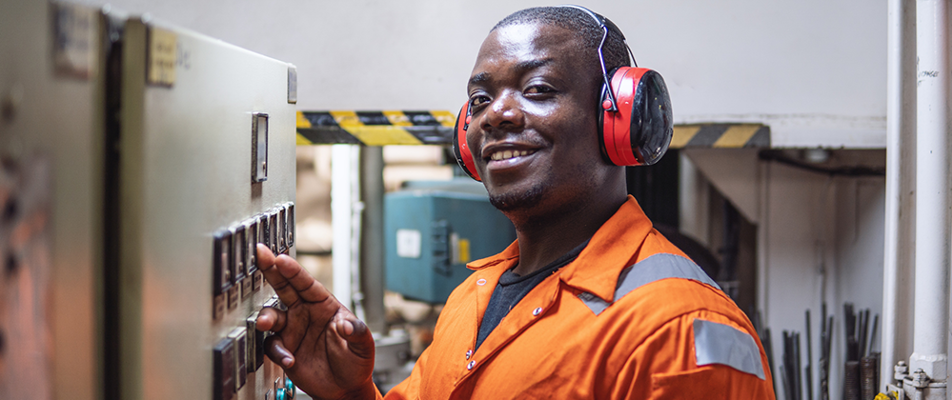Share your Safety incident
Ensure the industry learns the lessons

Explore 0 Safety Flash entries shared freely with the industry to ensure lessons are learned, as part of our mission to improve performance in offshore delivery.
We're in the process of transferring our extensive archive of Safety Flashes to the site. Please bear with us while we complete this exercise.
Individual entries can be downloaded as a PDF to easily share and print within your own organisation. Fully searchable for quick reference, Safety Flashes are tagged by Life Saving Rule. What are these?
Total entries found: 2250
Sorted by:
The Scottish Courts and Tribunals Service, and UK HSE, has published a response to a fatal incident in which a crew member fell to their death.
IMCA SF 07/25
16 April 2025
The UK Health and Safety Executive (HSE) has published Safety Notice ED01-2025 relating to the risk of collision with offshore installations.
IMCA SF 07/25
16 April 2025
The United States Coastguard has published Safety Alert 04-25 relating to the importance of Hazardous Zone Markings and Safety Protocol Awareness.
IMCA SF 07/25
16 April 2025
BSEE published Safety Alert 491 relating to a the investigation of a near miss crane incident on an offshore platform.
IMCA SF 07/25
16 April 2025
IMCA has put together a summary of incidents relating to decommissioning.
IMCA SF 06/25
3 April 2025